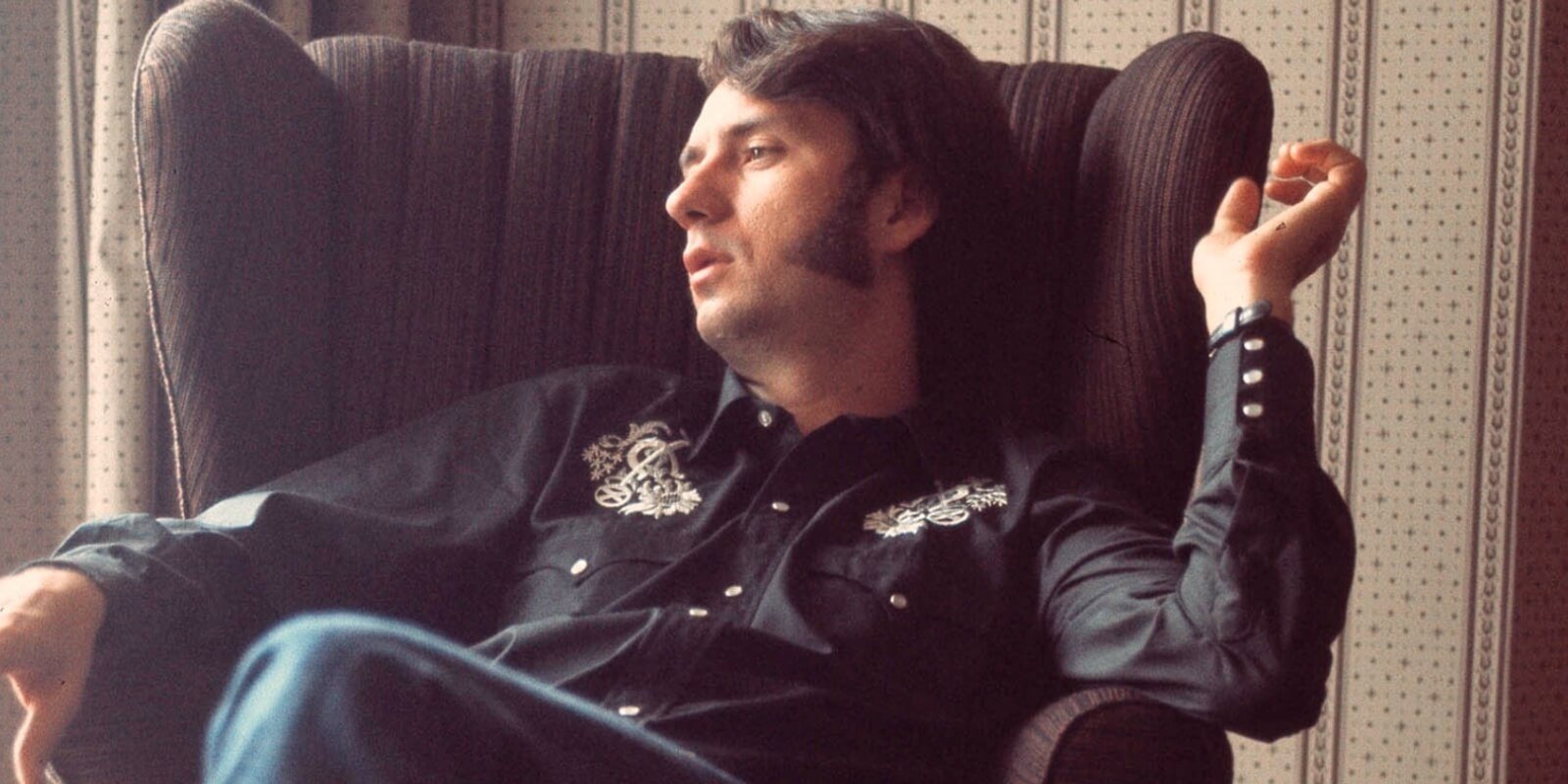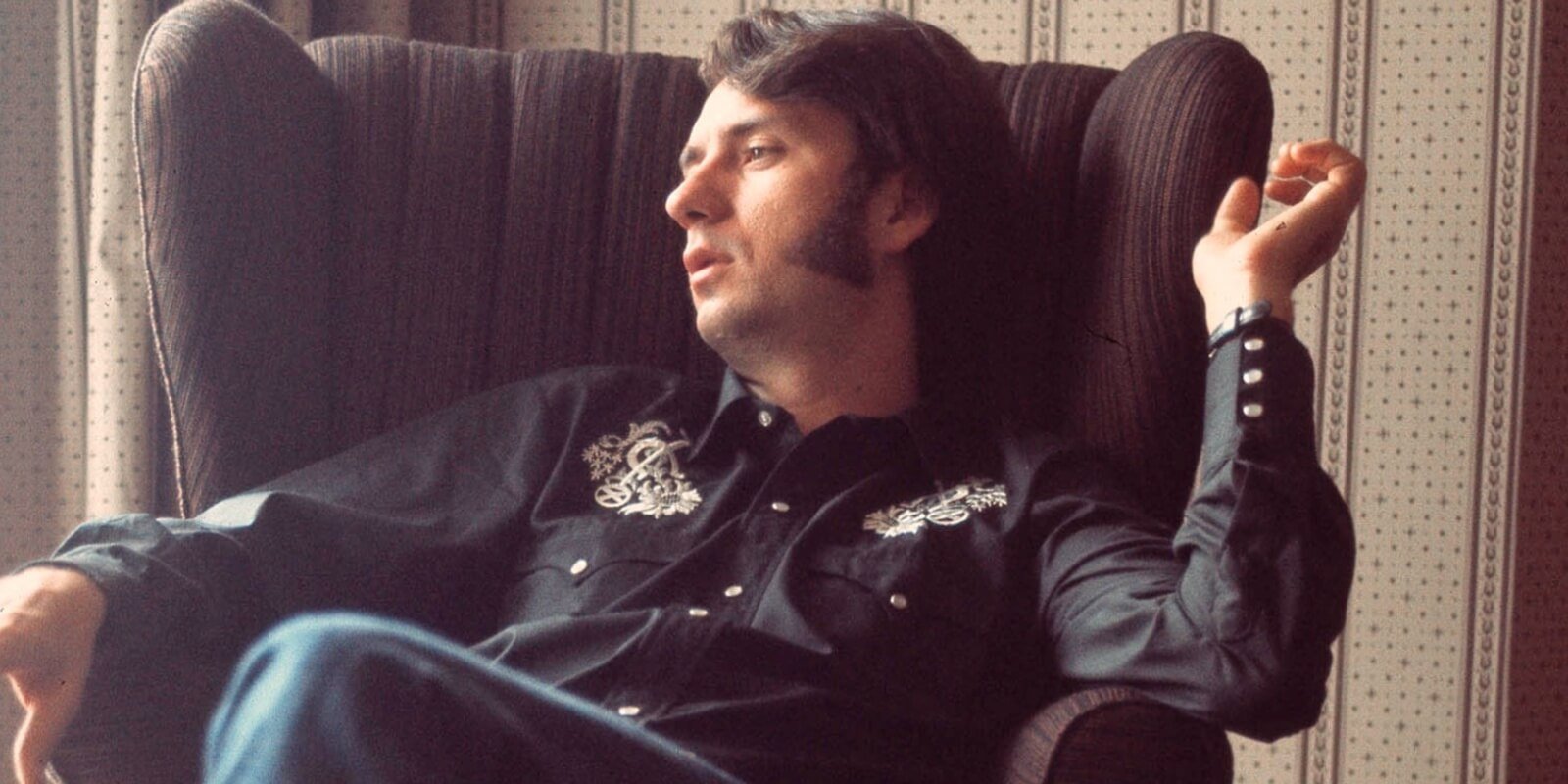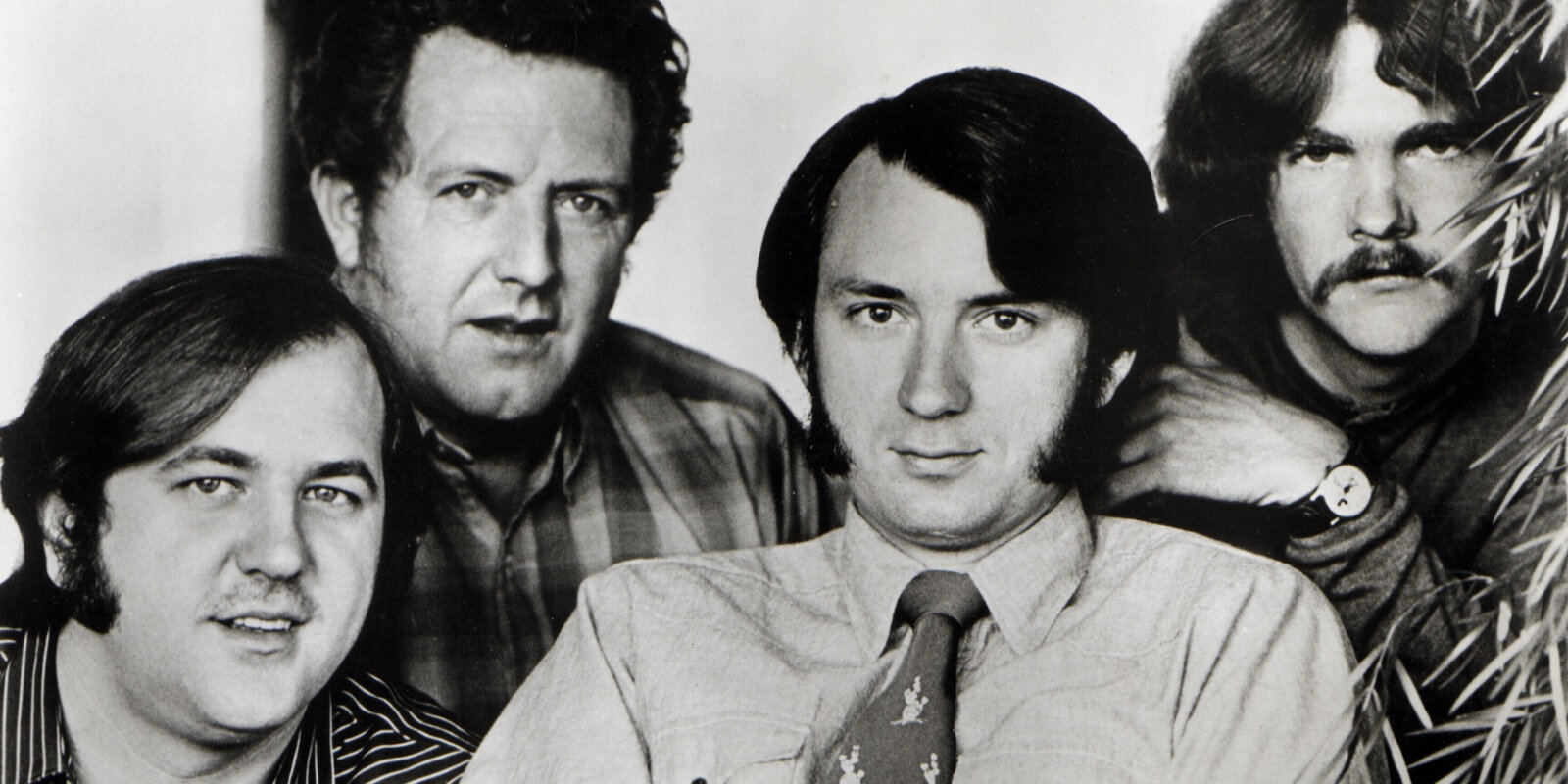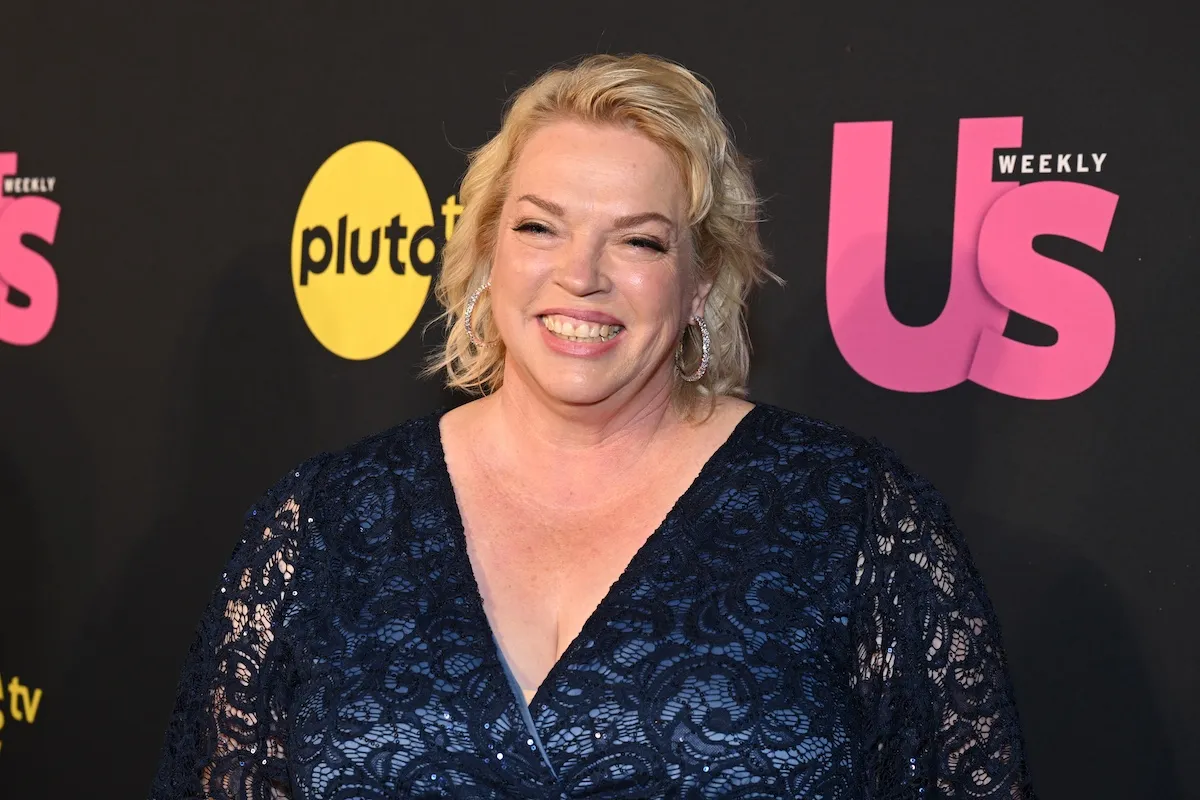
The Monkees’ Mike Nesmith Had a ‘Wave and Smile’ Approach to Music: Like ‘Flying in Your Dreams’
The Monkees Mike Nesmith approached much of his life in a tongue-in-cheek manner. He realized that much of the his life in the entertainment business lent itself to promoting one image while, perhaps, feeling quite differently. Nesmith once said in an interview that he had a “wave and smile” approach to playing and writing music. He called the feeling similar to “flying in your dreams.”

Mike Nesmith followed his instincts in the music business
As a songwriter and performer, Mike Nesmith generally used both his head and heart when making career decisions. This method generally worked well for the Texas native.
After leaving The Monkees in 1970, Nesmith pivoted to a genre he knew well: country music. However, the longstanding music category morphed into a genre all its own with the addition of pop melodies.
Success as a songwriter with “Different Drum” and Monkees songs such as “Papa Gene’s Blues,” “Sunny Girlfriend,” and “You Just May Be the One” placed Nesmith on a different path than his contemporaries. Instead of focusing solely on country music, Nesmith created a blend of the genre and 60s rock to form a new category: country rock.
He once spoke of his instinctual shift to Goldmine Magazine. Nesmith believed the switch was musically organic.
“Ideas come along like this regularly that push everyone along. No one controls it; no one leads it. Certainly, no one invents it,” he explained.
“It is the moment when the songs start to sing the singers, and not the other way round. Everyone who plays and sings knows this when it happens, and it is the most fun I can have playing music,” Nesmith continued.
He concluded, “Like flying in your dreams, effortlessly — and especially fun if you find someone up there with you. You wave and smile and acknowledge the forces at work.”
Mike Nesmith originally had ‘no notion’ of country rock as a genre

The genre of country rock was an original idea when Mike Nesmith began writing music with the members of what would later become The First National Band. Members Red Rhodes, John Ware and John London had a similar mindset when it came to creativity.
“The winds that were blowing moved us all along. We each had different approaches — different tacks and different sails in the wind — but we mostly headed the same direction, just because of the push,” Nesmith explained.
“I had no notion of country rock as a possible genre, although we used the phrase among ourselves as First National Band members,” he explained. “This was more to frame up and focus a feeling of playing. We weren’t conscious of this being innovative. It was fun to play like that, and there was plenty to say with it, and we enjoyed listening to it, to each other.”
The country rock genre exploded in the early 1970s and Mike Nesmith was a participant and fan
Country rock as a genre was a massive force in the early 1970s. Bands such as The Byrds, The Eagles, The Flying Burrito Brothers, The Allman Brothers Band and others dominated the music charts and awoke a new appreciation for a more modern style of country music.
Nesmith admitted he “listened to” bands such as Buffalo Springfield, the latter-day Byrds, The Flying Burrito Brothers, Dillard & Clark, and later Poco and Eagles. However, he didn’t discover them “until some time after the form was well underway.”
He admitted, “We were all immersed in playing it and giving it voice; we only slowly discovered each other over time. Ideas come along like this regularly that push everyone along.”
Mike Nesmith helmed The First National Band as well as its second incarnation, The Second National Band. The First National Band group had several notable hits including “Joanne,” “Mama Nantucket,” “Silver Moon,” and “Little Red Rider” before disbanding in 1971.


